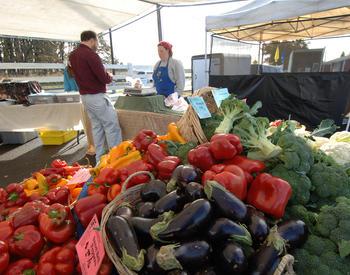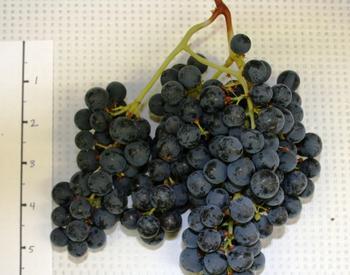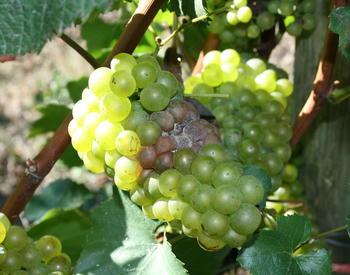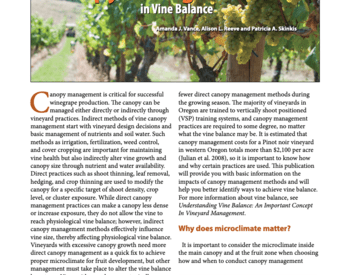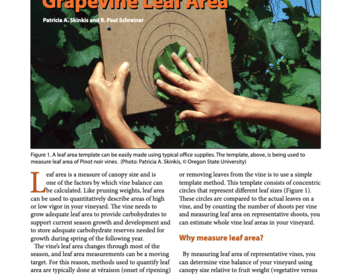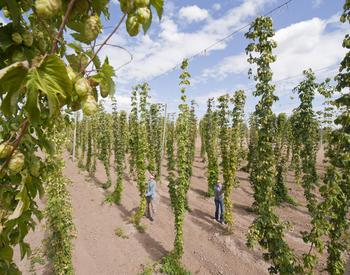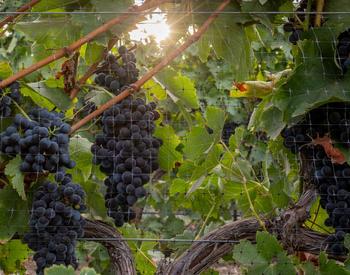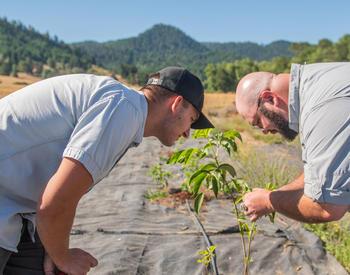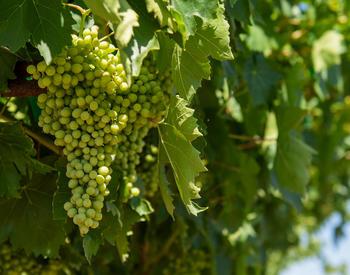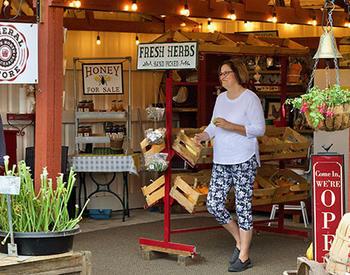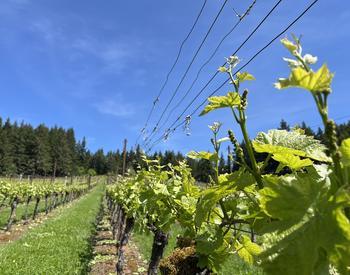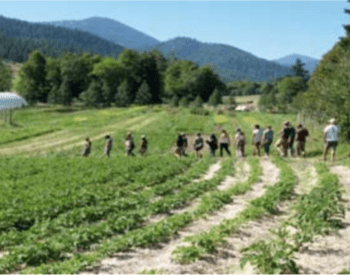Are my soils suitable for a vineyard? What are the best soil types for wine grapes?
Questions about soil suitability are the most common first questions raised by individuals interested in establishing a vineyard. While soil type is important, it is not the most important factor when considering whether a wine grape vineyard will be a viable crop for your farm or property.
Location, location, location
It is important to consider your property location first, as it is the most important factor for two reasons: 1) environment and 2) marketing.
Environment
Grapevines need certain climates to grow successfully. Production limitations exist for grapevines, including:
- The length of growing season
- The amount of heat units gained (growing degree days) during the season
- Minimum winter temperatures that may cause vine damage or death
- The risk of frost in spring and fall
- Maximum summer temperatures and high heat that may cause poor fruit quality
- Low annual rainfall that may be concerning if there is no access to irrigation water
- High annual rainfall that may pose concerns with disease management
Different grape cultivars are suited to specific regions, and not all cultivars are suited to a particular environment. It is important to understand grape production first to match cultivars to vineyard sites and avoid developing vineyards on unsuitable properties and/or areas of the state where there is greater risk. Grapevines may be able to grow in just about every region of Oregon and the US. However, they are easier (and less costly or risky) to grow in certain regions over others. Minimizing your risk as a farmer and wine producer is important to establishing and maintaining a viable vineyard for the future.
Marketing
Locating your vineyard within an American Viticultural Area will help increase your ability to market and sell your grapes (and wine if you plan to have a winery). Many wineries in Oregon prefer to purchase fruit from designated American Viticultural Areas for higher tier wines. Furthermore, vineyards in certain regions of the state have higher price values for the grapes produced in those regions. See the latest Oregon Vineyard and Winery Report for further information on production statistics, including grape varieties grown and grape prices by region.
What about soils?
The emphasis on soil for vineyard suitability likely comes from consumer wine marketing about terroir. However, soil properties are more important than any one specific soil type. Even in a region well suited to wine grape production, there may be unsuitable soils throughout that region and within a given vineyard. When determining suitability of farmland for vineyards, consider the following: soil depth, water holding capacity, and depth to restrictive features. Also, you will want to avoid areas with flooding, seasonal high water table, and shallow depth.
How to learn more
There is much to consider before establishing a vineyard, so use the resources below to help guide you through the planning process.
- Establishing a Vineyard in Oregon: A Quick-Start Resource Guide
- Considerations and Resources for Vineyard Establishment in the Inland Pacific Northwest
- Vineyard Economics: Establishing and Producing Pinot Noir Wine Grapes in the Willamette Valley, Oregon
- Northwest Grapes Cost-of-Production Calculator
- Northwest Winery Cost-of-Production Calculator
- Oregon Vineyard and Winery Report - statistics of grape and wine production in Oregon, updated annually
- What certification means for buying grapevine nursery stock
- Economic benefits of using certified nursery stock
- Acquiring Healthy Grape Plants, Oregon Department of Agriculture
